By Jessica Domel
Before you down that creamer-laden cup of joe or bottle of soda this morning, consider what you’d be willing to endure later to enjoy that tasty beverage now. Would you be willing to run for almost an hour for just 20 ounces of soda?
Honestly, I wouldn’t. It doesn’t seem like a fair trade-off.
But that’s life.
Almost a year ago, someone in our office put up signs in our dining area letting our employees know just how many calories are in the creamers we use and the sodas we down without thought. Like many people, I looked over it thoughtfully and then filled my cup with Dr Pepper and went back to work.
The calorie information didn’t mean much to me then.
Now that I’ve learned what 250 calories really means in the grand scheme of my life, I question whether or not my daily fix is really worth it in the long run.
It makes me wonder whether we’d eat the things we do if we all better understood what the nutrition information means to us. Serving sizes and caloric intake can be confusing.
Maybe it would simplify things if someone wrote: “You’d have to walk to New Jersey to burn the calories in these fries.” I have to say, I’d definitely skip the fries that day! I’m exaggerating, of course, but I think easy-to-understand conversions like these would really encourage many people to eat better.
And apparently I’m not alone. There have been studies that say this type of messaging can be helpful, but asking companies to change or update their labels can be difficult and costly.
So the next best thing to do, in my opinion, is to use the resources available to us to make labels easier to understand. There are plenty of apps available to help. I use the FitBit app, My Fitness Pal and others to break through the nutrition label wall. They break down the information for me and let me know when I’ve hit my calorie goal for the day, which makes me rethink many of my food choices.
It’s not a perfect system, but it’s better than nothing.
What helps you weigh your nutritional options?

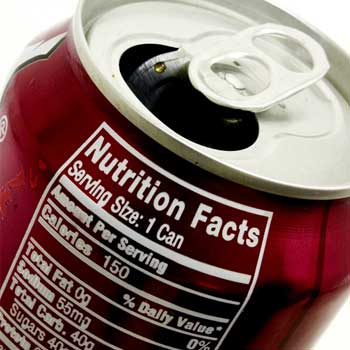
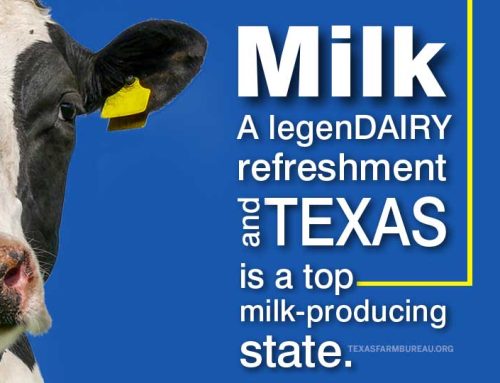
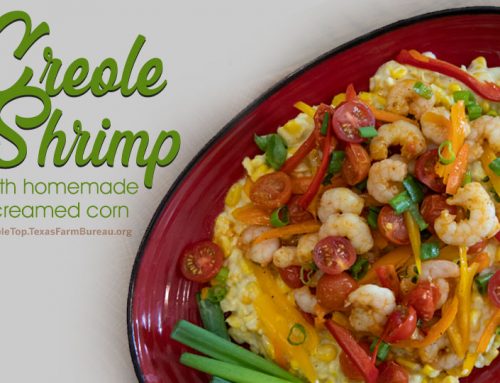
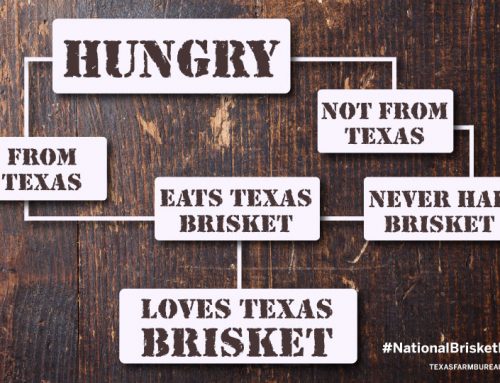
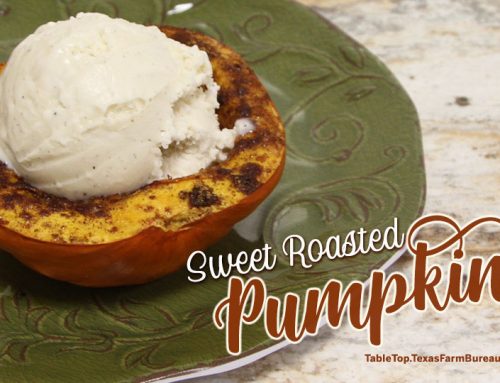
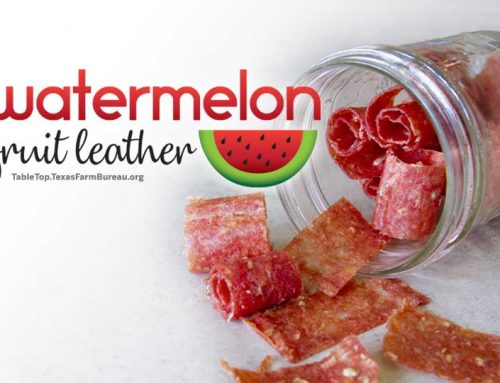




Leave A Comment